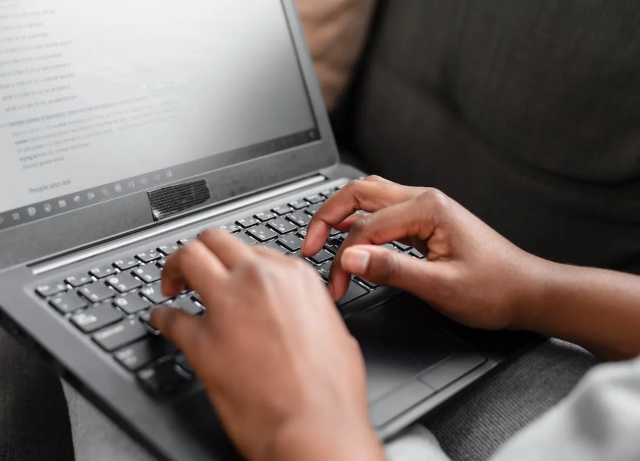Have you ever sent an email only to get a response that totally missed the point? Or worse, no response at all? Writing effective emails is an important skill for any business owner. It is an essential way to communicate with customers, colleagues, and stakeholders.
This post will provide you with the basics of crafting an effective email that is both clear and concise. We’ll cover the elements of an effective and productive email so you can make sure your message gets across every time. So if you’re looking to brush up on your email writing skills, read on!
9 Elements That Make an Effective and Productive Email
1. Attention-Grabbing Subject Line
The subject line is the very first thing that people see when they receive your email. It’s important to make sure that your subject line is clear, concise, and attention-grabbing so that it stands out in their inboxes. Subject lines should also be relevant to the content in the body of the email so that people know what they are opening before they decide whether or not to read it.
2. Personalized Greeting
When starting an email conversation with someone you don’t know well, use a personalized greeting rather than a generic one like “Dear Customer” or “Hello there.” If you already have contact information from them, like their name or company name, use that as part of your greeting instead of just using “Hi!” This will make your message seem more genuine and friendly, which is important for making a good first impression on potential partners or customers.
3. Concise Body of Text
The body of your email should be concise, yet still, provide all the necessary information. Get to the point quickly so you don’t lose your readers’ attention, and make sure any questions are answered or topics are addressed in a clear and direct manner. Provide any necessary links or attachments so that your readers can easily find the resources you are referencing.
4. Proper Formatting
It is important to make sure your emails are formatted properly so that they are easy to read. Use short paragraphs and bullet points when necessary, and break up large chunks of text for easier scanning. Also, avoid using too many fonts or colors as this can be distracting and difficult to read.
5. Polite and Respectful Tone
When writing emails, always use polite language and avoid being too informal. Use a respectful tone when addressing people, even if you don’t know them personally, as this will make sure your message is taken seriously. Avoid using words like “just” or “simply,” as these can sound condescending.
6. Correct Grammar and Spelling
It is important to make sure your email has correct grammar and spelling. This will ensure that your message is taken seriously and shows that you care about the quality of your communication. Before sending an email, double-check for any typos or grammatical errors and make sure everything is written in complete sentences.
7. Simple Call-to-Action
A call-to-action (CTA) is another essential element because it tells the recipient what action you want them to take after they read your email. Your CTA could be something simple like asking them to reply with their thoughts on something, or it could be more complex such as requesting a meeting or asking them to purchase something from you. Make sure your CTA is clear and direct so that it doesn’t get lost in the rest of your message.
8. Properly Named Attachment
When attaching files to an email, make sure to name the file properly so that the recipient knows what it is and can find it easily. A good practice is to include a brief description of the attachment in your message so that the recipient knows why you’re sending it.
9. Professional Signature
Your email signature should include your full name, job title, company name (if applicable), phone number, and website or social media links. This is important for making sure that people can easily get in touch with you if they want to learn more about what you do or ask questions. It also gives your message a professional look, which can be crucial for building trust with potential customers.
Bonus Tips!
- When sending emails to multiple people, make sure to address each one individually in the greeting and use their names throughout the message. This will show that you made an effort to personalize your communication and make them feel more valued.
- As much as possible, use BCC (blind carbon copy) instead of CC (carbon copy) to avoid spamming your recipients with too many emails. BCC is a great way to keep the conversation confidential and allow you to track responses without others knowing they’re being monitored.
- Try to respond to emails within 24 hours, even if it’s just to acknowledge that the message was received. This will show your recipient that you are organized and reliable.
Wrapping Up
By following these tips, you’ll be able to write emails that are informative, effective, and professional. This will help you maximize the chances of getting a positive response from your reader and ensure that your message is taken seriously. Good luck!


